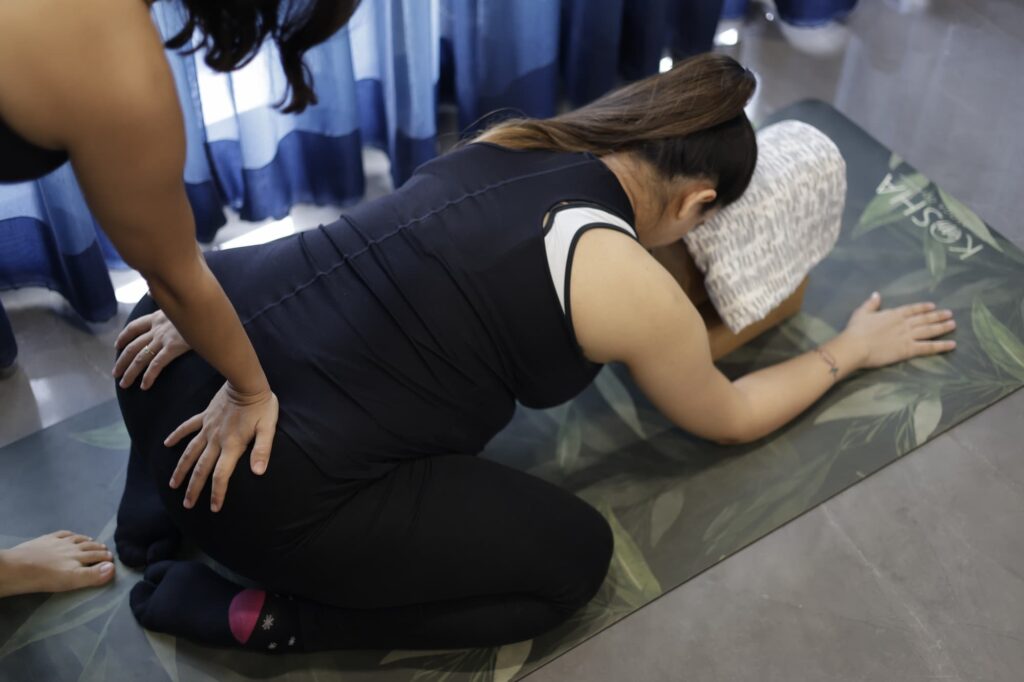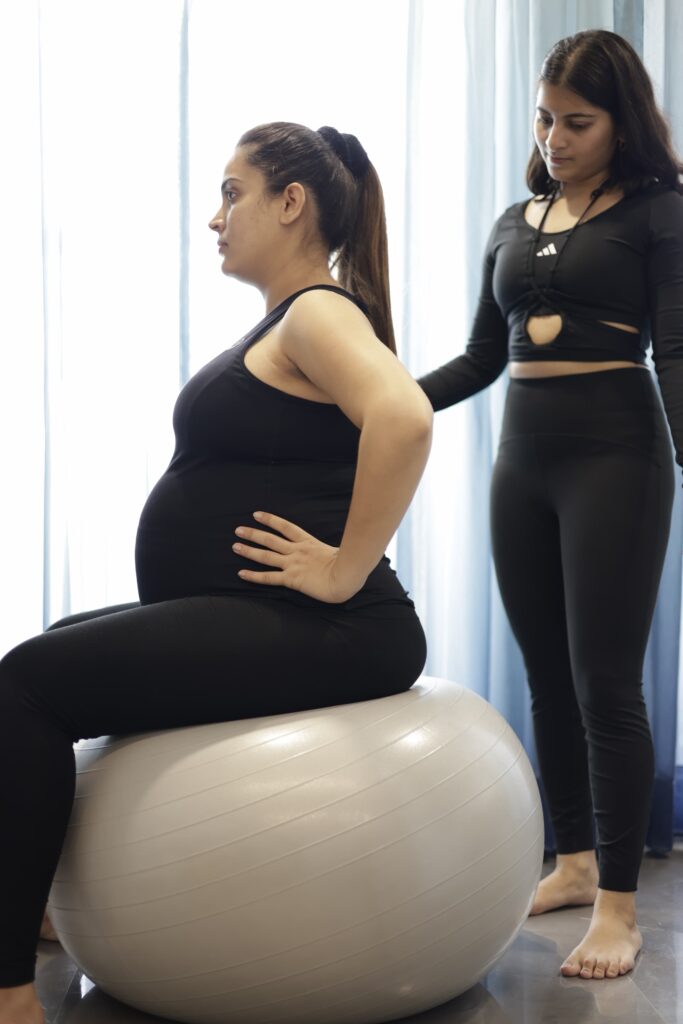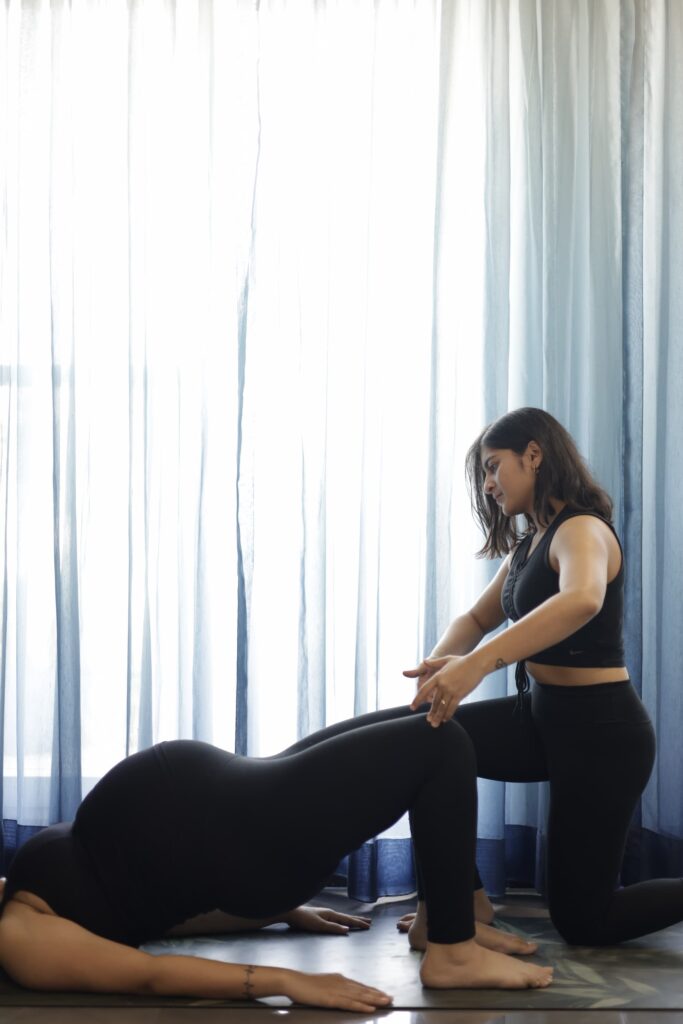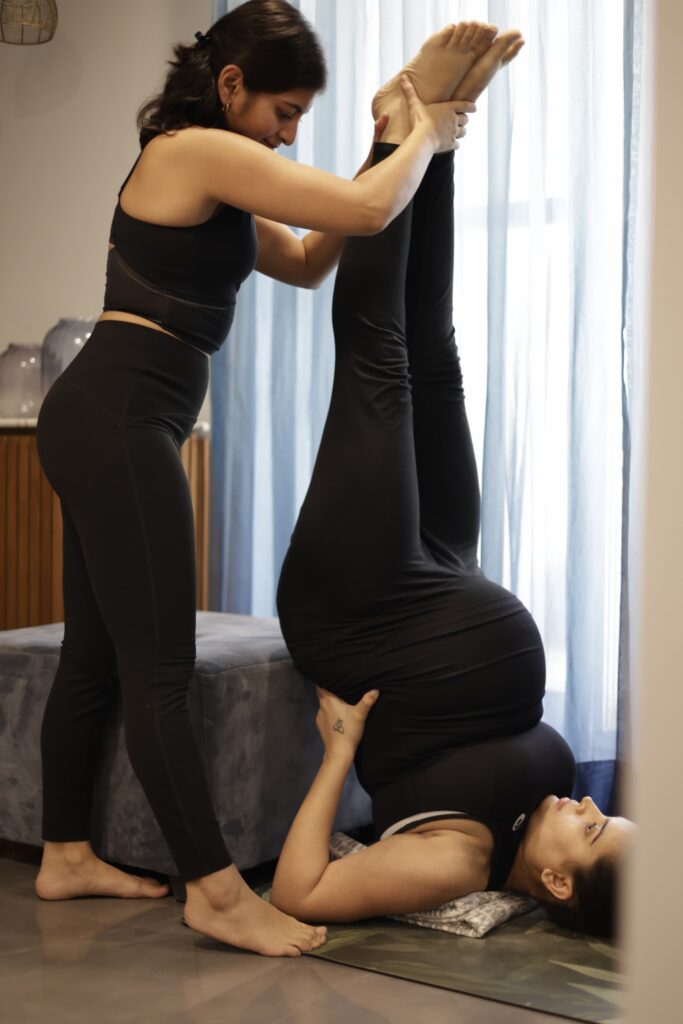Pelvic Discomfort During Pregnancy: How Yoga Can Help
Pregnancy brings many changes to your body, and while it’s an exciting time, it can also come with its own set of challenges. One in five pregnant women face is pelvic discomfort to some degree. Whether it’s sharp vaginal pain during pregnancy or general pelvic aching or pelvic cramps, it can make daily activities harder to manage. But there’s good news—pregnancy yoga, specifically pelvic floor exercises for pregnant women, can help alleviate this discomfort and provide relief.
Understanding Pelvic Discomfort During Pregnancy

Pelvic pain during pregnancy is fairly common, affecting many women at some point during their journey. It may start in the first trimester and continue into the later stages of pregnancy. The discomfort can manifest in different ways, such as a sharp vaginal pain during pregnancy, a dull ache in the pelvic area, or pressure in the lower back.
This discomfort is usually due to the growing uterus, hormonal changes, and the softening of ligaments and joints as the body prepares for childbirth. However, it’s important to differentiate between normal discomfort and signs of a more serious issue. If the pain is severe or accompanied by other symptoms, you should consult your healthcare provider.
The Role of Pelvic Floor Exercises
Your pelvic floor is a group of muscles that support your uterus, bladder, and bowels. During pregnancy, these muscles work harder to support the growing baby and, in turn, can become tight or overstretched. Weak pelvic floor muscles can contribute to pelvic pain and discomfort.
One of the most effective ways to ease pelvic discomfort is by practicing pelvic exercises during pregnancy. These exercises can help strengthen and relax the pelvic floor muscles, leading to less pain and improved posture. Pregnancy yoga incorporates various poses and breathing techniques that target these muscles, providing relief and promoting overall comfort.
Yoga Poses for Pelvic Discomfort
Several yoga poses are designed to strengthen the pelvic floor muscles while promoting relaxation. Here are some of the most beneficial poses for pregnant women experiencing pelvic discomfort:

1. Child’s Pose: A resting pose that allows your body to relax and stretch your hips and lower back, easing pressure on the pelvis.

2. Pelvic Tilts: These are specific exercises where you gently tilt your pelvis forward and backward. They help engage the pelvic muscles and reduce the discomfort associated with pelvic misalignment.

3. Bridge Pose: This pose strengthens the glutes and pelvic floor, which helps support the uterus and reduces pressure on the pelvic region.
When nothing works:

If you’ve tried everything to ease your pelvic pain and nothing seems to work, here’s something you might want to consider: inversions like supported shoulderstand or Viparita Karani (legs up the wall). These poses, when done with bolsters under your back, can work wonders in releasing the pressure from your pelvis. It’s like giving your body a reset! But, before you dive in, make sure to consult a yoga teacher to guide you through these postures correctly.
The Importance of Consistency
Like any exercise routine, consistency is key. Practicing these pelvic floor exercises for pregnant women regularly will help you see the benefits over time. It’s important to listen to your body and avoid pushing yourself too hard, especially if you’re experiencing sharp vaginal pain during pregnancy.
Final Thoughts
Pelvic discomfort during pregnancy can be challenging, but it doesn’t have to be something you just have to endure. Incorporating pelvic floor exercises into your daily routine through pregnancy yoga can help reduce pain, strengthen your muscles, and improve your overall well-being. Remember to be gentle with yourself, stay consistent with your practice, and reach out to your healthcare provider if you need guidance along the way.
For more detailed research on the benefits of pelvic exercises during pregnancy, you can check out studies and expert opinions here and here.

